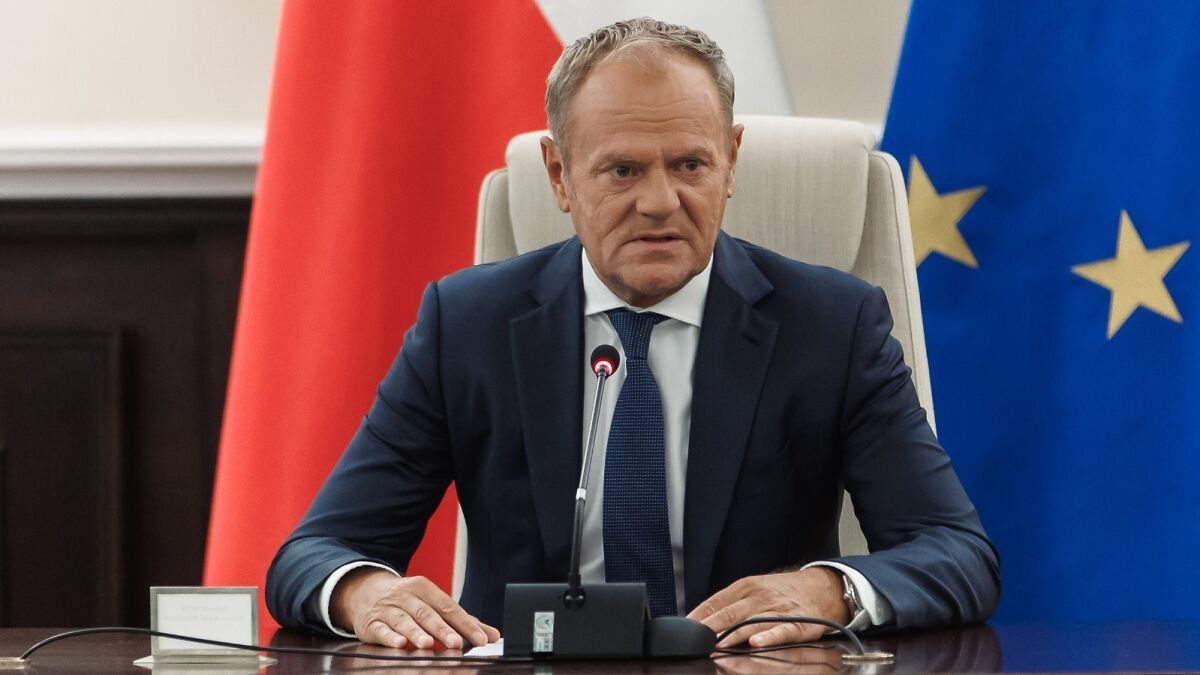
Poland Just Shot Down Russian Drones Deep In Its Territory. What It Means And What Happens Next?
Poland has invoked Article 4 of the North Atlantic Treaty Organization (NATO) after several Russian drones entered its airspace.
Prime Minister Donald Tusk told Parliament on Wednesday that the country is the closest it has been to open conflict since World War II.
His comments came after 19 Russian drones crossed into Polish airspace from Belarus, up to four of which were shot down by Polish and NATO aircraft.
- Poland invoked NATO's Article 4 after 19 Russian drones entered its airspace, marking the "closest it’s been to open conflict since WWII."
- Polish and NATO forces shot down up to four Russian drones in Polish territory, with eight crash sites found and no injuries reported.
- NATO allies including Dutch, Italian, and German forces responded swiftly, condemning Russia’s reckless violation of allied airspace.
- Experts and officials believe Russia’s drone incursion was likely intentional, testing NATO’s red lines despite Russia’s denial.
Article 4 allows NATO member nations to call for an urgent consultation when “the territorial integrity, political independence or security of any of the parties is threatened.”
Russia has denied targeting Poland
Russia has denied targeting Poland and says it was conducting a mass strike against military targets in Ukraine.
A statement from the Russian Defense Ministry said “there had been no plans to target facilities on the territory of Poland.”
“The maximum range of the Russian drones that allegedly crossed into Poland does not exceed 700 km,” the statement added.
Prime Minister Donald Tusk spoke to parliament. Image credits: Polish Prime Minister’s Office / Handout/Anadolu via Getty Images
“Nevertheless, we are ready to hold consultations with the Polish defence ministry on this subject.”
A Polish government spokesperson told AP that eight crash sites had been found so far. There are no reported injuries.
Tusk said the drones posed a security threat and a line had been crossed.
“I have no reason to claim we’re on the brink of war, but a line has been crossed, and it’s incomparably more dangerous than before,” he told Parliament.
“This situation brings us the closest we have been to open conflict since World War Two.”
Image credits: www.gettyimages.co.uk
“The fact that these drones, which posed a security threat, were shot down changes the political situation,” Tusk added.
“Therefore, allied consultations took the form of a formal request to activate Article 4 of the NATO Treaty.”
NATO Secretary General Mark Rutte told reporters at a press conference that several allied nations were involved in Poland’s response, including Dutch F-35 fighter jets, Italian AWACS and German Patriot surface-to-air missile systems.
He commended pilots for a “quick and skillful response” to the Russian drones and said allies “denounced Russia’s reckless behavior.”
NATO Allies stand in solidarity with Poland & denounce Russia’s reckless behaviour after the violation of Polish airspace by Russian drones. Allies are resolved to defend every inch of Allied territory. We’ll closely monitor the situation, our air defences continually at the… pic.twitter.com/95ETFO5P5N
— Mark Rutte (@SecGenNATO) September 10, 2025
“A full assessment of the incident is ongoing. What is clear is that a violation last night is not an isolated incident,” Rutte said.
“Allies are resolved to defend every inch of allied territory,” he added.
“To Putin, my message is clear: stop the war in Ukraine, stop escalating the war, which is now basically mounting on innocent civilians and civilian infrastructure, stop violating allied airspace and know that we stand ready, that we are vigilant and that we will defend every inch of NATO territory.”
Trump issued a brief statement in response to the incident
President Donald Trump issued a brief statement on the incident on Truth Social.
“What’s with Russia violating Poland’s airspace with drones? Here we go!” Trump wrote.
U.S. Ambassador to NATO Matthew Whitaker said on X: ”We stand by our @NATO Allies in the face of these airspace violations and will defend every inch of NATO territory.”
Trump met Polish President Karol Nowrocki, whom he endorsed, at the White House just last week, where the pair discussed U.S. military presence in Poland.
Trump welcomed Nowrocki to the White House last week. Image credits: The White House
At a press conference afterward, Nowrocki said he considered Trump providing assurances on Poland’s security to be a “great success.”
A White House official told Reuters that Trump plans to speak to Nowrocki later today.
Several nations have released statements condemning the incident as a reckless escalation, with some suggesting Russia’s actions were intentional.
French President Emmanuel Macron described the incursion into Polish airspace as “simply unacceptable” and condemned it in the “strongest terms.”
We stand by our @NATO Allies in the face of these airspace violations and will defend every inch of NATO territory. https://t.co/3g3JVKJKSG
— U.S. Ambassador to NATO (@USAmbNATO) September 10, 2025
“I call on Russia to put an end to this reckless escalation. I reiterate to the Polish people and their government our full solidarity,” Macron added.
British Prime Minister Keir Starmer similarly described the airspace violation as “egregious and unprecedented” while condemning the “barbaric” attack on Ukraine.
“This was an extremely reckless move by Russia and only serves to remind us of President Putin’s blatant disregard for peace, and the constant bombardment innocent Ukrainians face every day,” he said in a statement.
This morning’s barbaric attack on Ukraine and the egregious and unprecedented violation of Polish and NATO airspace by Russian drones is deeply concerning. pic.twitter.com/1VAQyKB65z
— Keir Starmer (@Keir_Starmer) September 10, 2025
Belarus said some drones went astray due to electronic jamming.
Ukrainian President Volodymyr Zelenskyy said on X that Russia launched about 415 drones of various types and more than 40 cruise and ballistic missiles in a massive attack overnight.
Three people are reported to have been injured, and one person was killed by shelling in the Zhytomyr region, he said.
While stray missiles and drones have landed in NATO states before, this marks the first confirmed shoot-down of Russian drones inside allied territory.
Zelenskyy estimated more than 19 drones crossed into Polish territory. Image credits: Antoine Gyori – Corbis/Corbis via Getty Images
Zelenskyy said that some of those missiles were Iranian designed Shaheds.
He confirmed that updated intelligence suggests that around two dozen Russian drones may have entered Polish airspace during the night, but that data is still being verified.
In a statement, Belarus Chief of the General Staff Maj-Gen Pavel Muraveik said the country’s Air Defense Forces destroyed drones which “lost their track” due to electronic jamming.
Belarus also informed Poland and Lithuania of the approaching drones, allowing them to “respond promptly.”
In case you didn’t know, this is the real size of the Russian-Iranian Shahed drones, which attacked Poland tonight and had been attacking Ukraine in thousands for three years now. pic.twitter.com/9u5LCRADE7
— Kyiv. The City of Courage (@Kyiv) September 10, 2025
“During the nighttime exchange of strikes by UAVs between the Russian Federation and Ukraine, the Air Defense Forces and assets of the Republic of Belarus on duty continuously tracked UAVs that had lost their track as a result of the impact of the parties’ electronic warfare assets,” Muraveik said.
Muraveik did not say whose drones lost their track.
Experts and politicians believe the incursion was intentional
Dr. Marion Messmer, a senior research fellow at international think tank Chatham House, told The Guardian that Poland’s interception “showed a quick reaction to the threat and demonstrated cooperation among allies.”
“The number of drones that ended up in Polish airspace … makes it unlikely that this was an accident, though Belarus claims that the drones navigation systems malfunctioned which caused them to drift off course,” she added.
“For now, NATO does not treat this airspace violation as a deliberate attack – but taken together with other recent gray-zone activities, it suggests that Russia is trying to test where NATO’s red lines are.”
Last night in Poland, we saw the most serious European airspace violation by Russia since the war began, and indications suggest it was intentional, not accidental.
I am in contact with @SecGenNATO and @radeksikorski.
The EU stands in full solidarity with Poland. (1/2)
— Kaja Kallas (@kajakallas) September 10, 2025
Polish Foreign Minister Radoslaw Sikorski also told journalists he believed Russia had deliberately sent drones into Polish airspace.
“When one or two drones does it, it is possible it was a technical malfunction. But there were 19 breeches and it simply defies imagination that it was accidental,” he said.
EU foreign policy chief Kaja Kallas echoed those comments.
“Last night in Poland, we saw the most serious European airspace violation by Russia since the war began, and indications suggest it was intentional, not accidental,” she said on X.
Article 4 does not automatically trigger defensive measures
Since the start of the war, several of Ukraine’s neighbors, including Poland, Latvia and Romania, have reported cases of Russian missiles or drones straying across their borders.
These incidents were smaller in scale and none involved allied forces shooting the objects down.
In November 2022, a Ukrainian air-defense missile fired to intercept a Russian strike killed two people in the Polish village of Przewodów.
Article 4 doesn’t automatically trigger article 5. Image credits: Jakub Porzycki/NurPhoto via Getty Images
Invoking Article 4 does not automatically trigger collective defense measures but grants consultations whenever a member believes its territorial integrity, political independence or security is threatened.
The request brings the matter to the North Atlantic Council, so that allies can assess facts, share intelligence, and coordinate practical responses.
Article 4 has been used repeatedly in recent years as a mechanism for urgent collective discussion, rather than as an immediate trigger for combat operations.
Consultations primarily discuss the issue and the outcome can shape NATO posture on the ground, leading to a joint decision or action on behalf of the alliance.
Someone’s home in Poland after the russian drone attack last night. pic.twitter.com/YNcwR8N915
— Kate from Kharkiv (@BohuslavskaKate) September 10, 2025
Poland previously invoked Article 4 in 2014 amid tensions between Russia and Ukraine after the Kremlin annexed Crimea.
After Russia invaded Ukraine in 2022, Bulgaria, the Czech Republic, Estonia, Latvia, Lithuania, Poland, Romania, and Slovakia collectively triggered Article 4.
If the alliance determines that the airspace incursions constituted a deliberate attack on NATO territory, it could lead to stronger measures such as invoking Article 5.
Article 5 is the treaty’s mutual defense clause, which considers an attack on one as an attack on all.
It has only been triggered once in NATO’s history, in response to the 9/11 terror attack in the U.S.
Triggering Article 5 would still require unanimous agreement among member states.
Poll Question
Thanks! Check out the results:
Me? Russia needs to be reminded constantly that their military is no longer great and no longer feared as it was perhaps fifty years ago. Now it is garbage.
Me? Russia needs to be reminded constantly that their military is no longer great and no longer feared as it was perhaps fifty years ago. Now it is garbage.



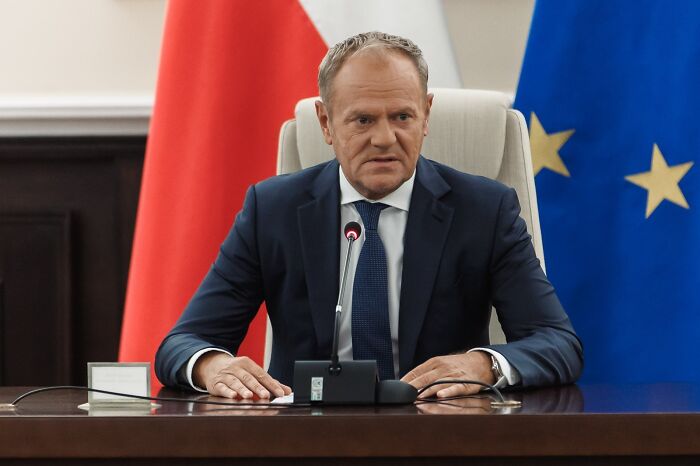
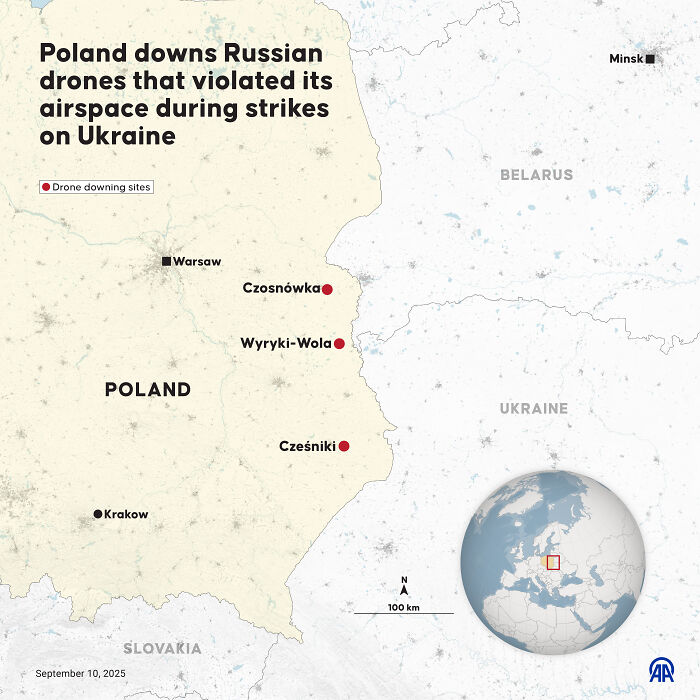
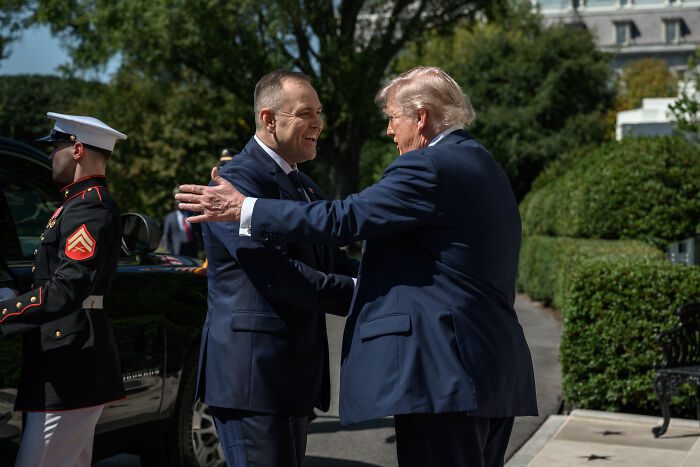
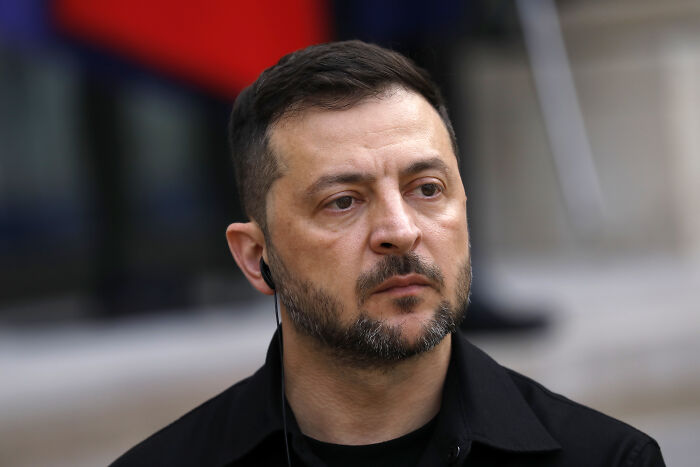
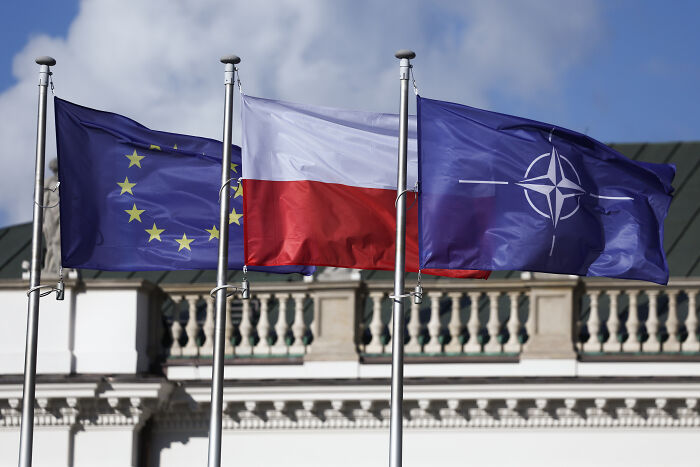



16
1